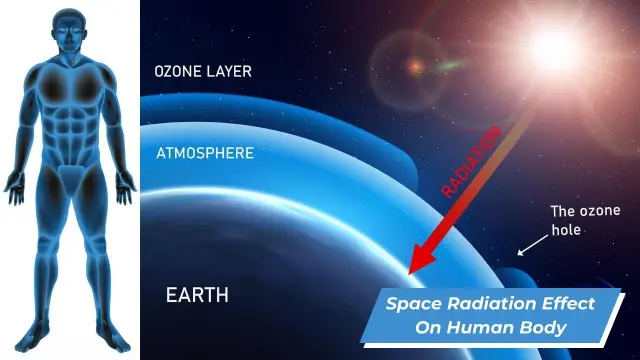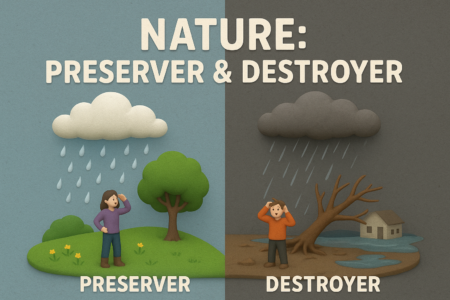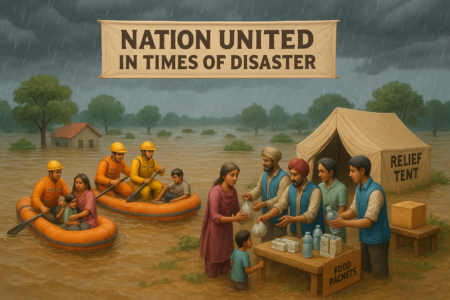Electronic circuitry and biological organisms both face difficult challenges from space radiation. Space has more radiation than Earth does, which has more harmful effects.
Astronauts may be exposed to a variety of health problems when in deep space, but space radiation is one of the worst threats. Astronauts are exposed to radiation from powerful charged particles above Earth’s shielding, which raises their risk of cancer, central nervous system damage, and a range of other health issues.
A recent study looked at the effects of prolonged, space-like radiation exposure on mice’s brain activity. Even solar telescopes eventually experience the Sun’s strong radiation, which deteriorates their sensors over time. To maintain correct data, they must be calibrated. Scientists are now looking to artificial intelligence for fresh approaches to maintain the accuracy of their data.
Energy exists in the form of radiation. The radiation is released as rays, electromagnetic waves, or particles. Although some types of radiation can harm humans, humanity has also used them for a variety of purposes.
Some radiations, like visible light, may be seen while others, like heat from infrared waves, can be felt. Gamma rays and x-rays are two more types of radiation that are experienced on Earth. We see them employing specialized tools.
However, space radiation is different from what we encounter on Earth.
What is Space Radiation?
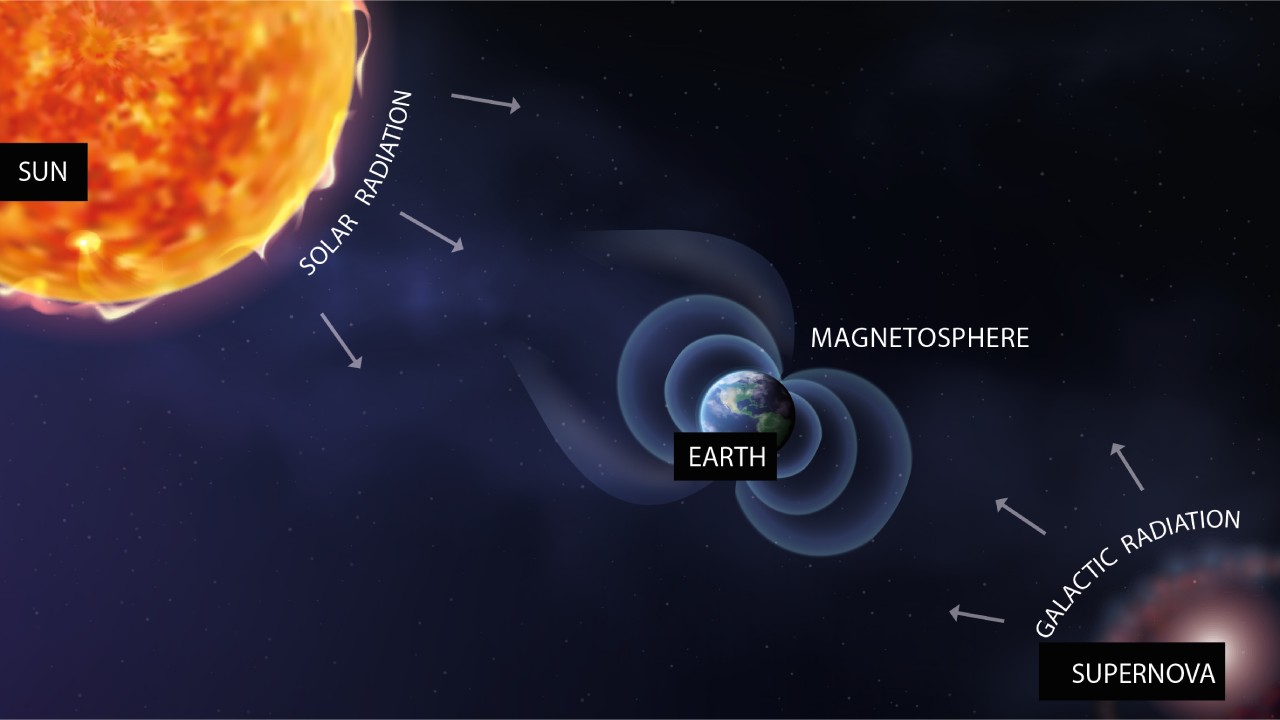
According to NASA, space radiation is made up of atoms with bare nuclei that are travelling at almost the speed of light in interstellar space. These are particles that either escape from solar flares or become imprisoned in the Earth’s magnetic field. Galactic cosmic rays are another type of high-energy particle that originates from outside our solar system.
There are two sorts of radiation: non-ionizing radiation, such as UV rays, which may be kept out by wearing protective clothing, and ionizing radiation, which is much more deadly.
From whence does Space Radiation originate?
The Earth is covered in radiation. All living things, including air, water, food, and soil, contain it. Additionally, the Sun and other stars emit radiation. The term for this is cosmic radiation.
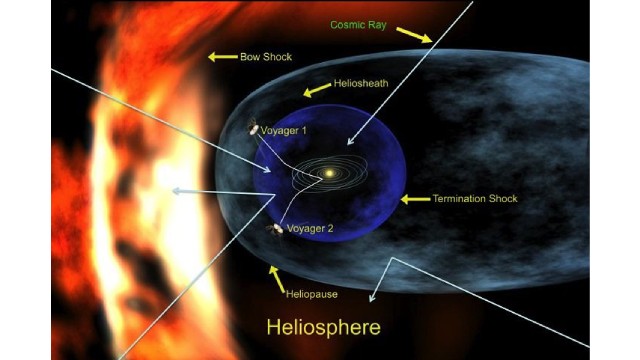
Two kinds of radiation are included in cosmic radiation. X-rays and gamma rays are two examples of the rays that make up electromagnetic radiation. Neutrons, alpha particles, and beta particles are all examples of particle radiation. These originate from the nucleus of massive atoms like iron.
Fortunately, this radiation is absorbed and filtered by Earth’s atmosphere and magnetosphere (magnetic field). These protective shields do let some radiation through. We are shielded from strong cosmic radiation, though.
Who is in danger?
We are fully shielded from the effects of space radiation by the Earth’s atmosphere and magnetic field. It’s acceptable to travel to the edge of space as our millionaires did. also have astronauts aboard the ISS. However, astronauts face the danger of radiation illness when leaving the Low Earth Orbit (LEO). According to NASA, there is also an increased lifelong risk for degenerative disorders, impacts on the central nervous system, and cancer. The LEO contains almost all of our manufactured devices.
Strong evidence from research has indicated that exposure to galactic cosmic rays (GCR) or solar particle events (SPE) causes cancer and that these exposures are predicted to cause degenerative disorders.
How can radiation harm the body?
Ionizing radiation is like an “atomic-scale” cannonball event and is challenging to shield from. It travels through materials and permanently changes them. We refer to this as ionization. Astronauts’ skin and spacecraft are both susceptible to radiation exposure, which can result in serious problems.
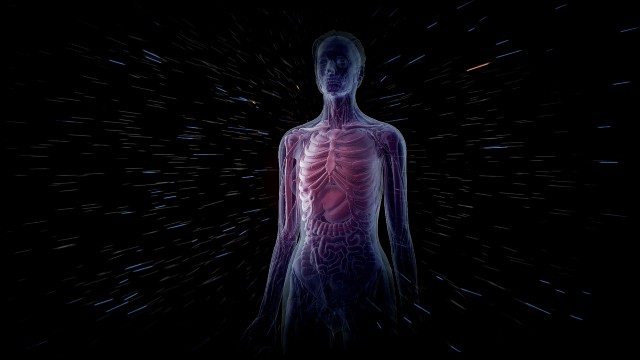
The amount of radiation that an astronaut is exposed to in space is determined by three factors:
- The atmosphere’s shielding, which is dependent on the astronaut’s height above the Earth
- The number and intensity of solar flares, which are dependent on the solar cycle and are particularly intense during times when there are many sunspots; and, according to NASA
- The astronaut’s susceptibility, a topic of ongoing research.
Conclusion:
Don’t forget that electrical equipment is also at risk from space radiation, in addition to people. More sophisticated active shielding techniques are being researched for future space flight. Strong magnetic or electrostatic fields and plasma “bubbles” that surround a spacecraft to deflect charged particles are examples of this. Of course, radiation shielding is just one of the many difficulties long-term space flight presents, but let’s hope we can discover solutions to preserve our astronauts’ wellbeing.

